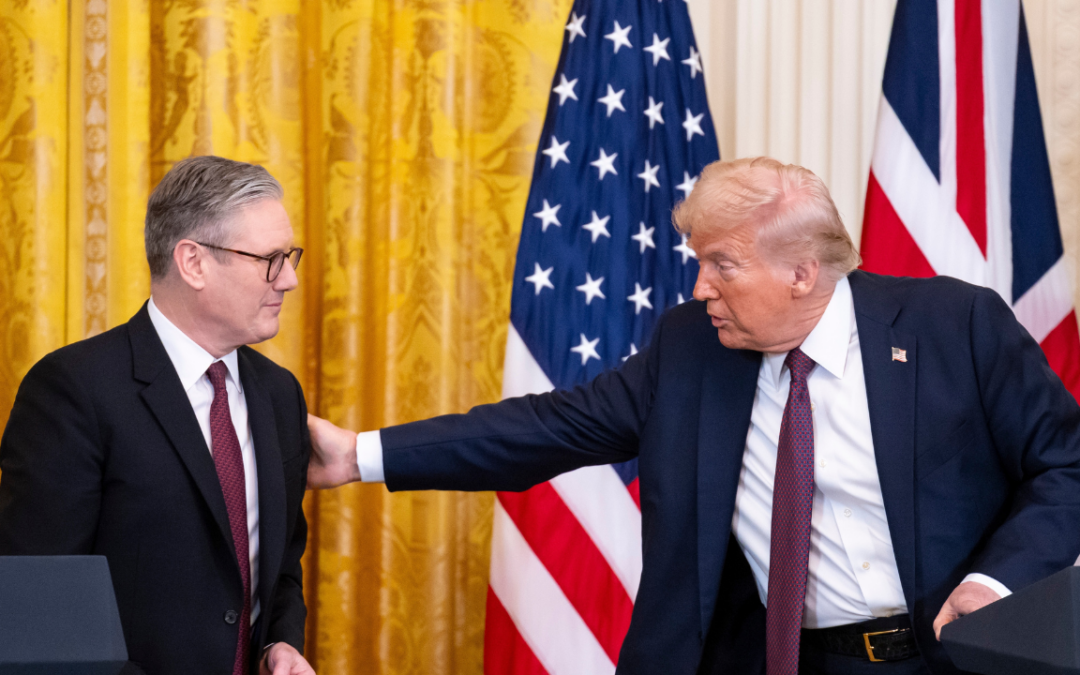Originally published at Project-Syndicate | October 7th, 2022
Misguided policies in China and Europe have compounded the effects of supply-chain disruptions and the war in Ukraine, thus putting an end to the global recovery from the COVID-19 pandemic. With little room for maneuver, policymakers must coordinate fiscal and monetary actions to tame inflation and improve long-term growth.
ITHACA – The post-COVID recovery has run out of steam. The latest update to the Brookings-Financial Times Tracking Indexes for the Global Economic Recovery (TIGER) shows that growth momentum, as well as financial market and confidence indicators, have deteriorated markedly around the world in recent months. And as the global economy stalls amid heightened uncertainty and rising risks, many countries are either in or on the brink of outright recession.
Some wounds have been self-inflicted. Misguided policies like China’s zero-COVID strategy and the United Kingdom’s reckless “mini-budget” have made it harder for policymakers to respond to ongoing supply-chain disruptions and the protracted war in Ukraine. High and persistent inflation worldwide, and the actions central banks have taken to rein it in, are also depressing economic activity, weakening household and business confidence, and roiling financial markets.
In major advanced economies like the eurozone, Japan, and the UK, sluggish and tepid policy responses have compounded the effects of external shocks, knocking growth trajectories off track. Consequently, many developed countries now face the challenges that have long characterized periods of economic and financial stress in emerging-market economies: steep currency depreciations (relative to the US dollar), rising government bond yields, strained public finances, and tightening policy constraints.
The US economy, for its part, is rife with conflicting signals. On the positive side, consumer demand remains strong, and employment has continued to grow at a reasonably healthy pace. At the same time, GDP growth is anemic while inflation remains high by any measure, leaving the Federal Reserve with little choice but to hike interest rates further, despite the tightening of financial conditions caused by a strong dollar and falling asset prices.
In Europe, energy supply disruptions are fueling inflation and constraining growth, stoking fears of energy shortages in the winter and undermining private-sector confidence. The recent plunge in the pound’s value is emblematic of the many challenges facing the UK economy, including adverse external circumstances, the ongoing fallout from Brexit, and the country’s undisciplined fiscal policies. In many other European countries, populist policies could increase the risk of fiscal and financial instability.
Japan is the only major advanced economy that has the luxury of maintaining an easy monetary policy, thanks to its low inflation rate. This could help the country sustain stable albeit low growth, as the yen’s rapid depreciation has not had any appreciable negative effects thus far.
While emerging-market economies face similar challenges, including high inflation and depreciating currencies, they generally have better growth prospects than their advanced-economy counterparts. Still, weak demand worldwide and tighter financial conditions will increase pressure on developing economies with current-account deficits. But barring a few exceptions like Turkey, Sri Lanka, and Venezuela – where rampant economic mismanagement has precipitated currency collapses – most emerging markets do not seem to be heading toward a balance-of-payments crisis.
That said, China is facing a raft of problems resulting from the government’s rigid adherence to its zero-COVID policy, a faltering real-estate sector, and unsustainable financial-system pressures. While inflation remains under control, the renminbi’s depreciation relative to the US dollar has limited the People’s Bank of China’s ability to cut interest rates. The government and the PBOC have implemented several fiscal and monetary stimulus measures, but these have had limited effect on private consumption and investment. Export growth, too, is likely to be restrained by weak global demand.
India’s economy, on the other hand, remains a bright spot. The country is likely to register strong growth this year and in 2023 as exports rise owing to the rupee’s depreciation and the beneficial effects of various reforms undertaken in recent years. But the Reserve Bank of India’s ongoing struggle to rein in high inflation is a constraining factor.
Meanwhile, Russia’s economy has been battered by the economic and financial sanctions that Western powers have imposed since its invasion of Ukraine, although rising export revenues and weak imports have softened the blow by strengthening the ruble. Latin American currencies have done surprisingly well this year, but Brazil and many other countries in the region face challenging political environments, which could dampen domestic demand and growth, scare off foreign investors, and foment economic instability.
Governments and central banks no longer have the luxury of stabilizing growth and offsetting adverse shocks with unfettered fiscal and monetary stimulus. At a minimum, governments must avoid poorly targeted fiscal measures and other unhelpful populist policies, do what they can to overcome supply bottlenecks, and support central banks as they strive to restore price stability. An ineffective policy response endangers those hit hardest by food and energy price increases: the world’s poorest economies and the poorest households in every country.
With little room for maneuver, policymakers must coordinate fiscal and monetary measures to alleviate short-term inflationary pressures and focus on reforms that can improve long-term growth. In addition to mitigating labor-supply and trade constraints, they must create incentives for investment in green technologies and other types of infrastructure. Such measures are crucial to supporting private-sector demand and confidence in the short run and to re-anchoring inflation expectations.
Aryan Khanna contributed to this column.
Eswar Prasad: Professor of Economics in the Dyson School at Cornell University, is a senior fellow at the Brookings Institution and the author of The Future of Money: How the Digital Revolution Is Transforming Currencies and Finance (Harvard University Press, 2021).



